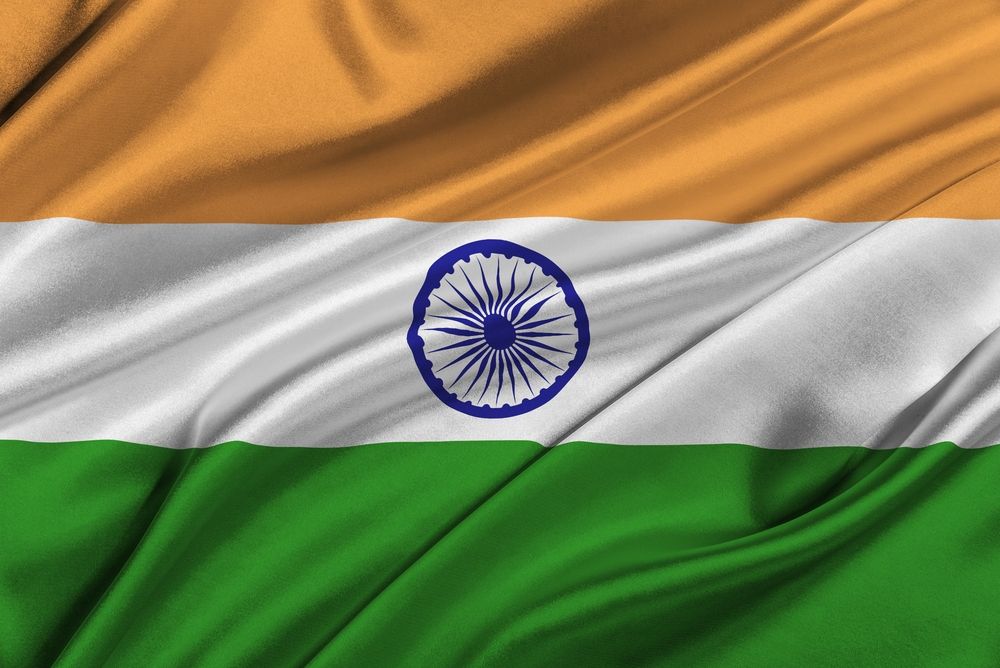Tomorrow marks 70 years since India declared independence from the British Empire, but today the country is facing another struggle as diplomatic relations between India and China deteriorate over a border dispute in the ‘Sikkim trijunction’, where India, Bhutan and Tibet meet.

Rathbones: “Is today’s India yesterday’s China?”
Article last updated 1 March 2023.
Tomorrow marks 70 years since India declared independence from the British Empire, but today the country is facing another struggle as diplomatic relations between India and China deteriorate over a border dispute in the ‘Sikkim trijunction’, where India, Bhutan and Tibet meet. As comparisons are made regarding the military intentions of the two emerging market behemoths, Rathbones’ head of asset allocation strategy Ed Smith examines their economic might.
Ed Smith says: “On many measures, India looks very similar today to China around the start of the millennium. How many investors kick themselves for failing to appreciate China’s potential early enough? How many wish they’d captured more of those China-related returns?
“A large part of China’s explosive growth can be attributed to its accession to the World Trade Organisation in 2001, at a time when new technology was enabling the exponential globalisation of supply chains. But India had been a member since 1995 and didn’t reap the same rewards. The difference was a Chinese regime obsessed with facilitating investment – Zhu Rongji’s banking reforms of the late ‘90s; centrally coordinated industrial strategies; streamlining and simplification of taxation and regulation; Meanwhile, India’s bureaucratic sclerosis resigned the nation to chronic underinvestment.
“Now that Prime Minister Narendra Modi’s government looks more poised to break free from his country’s administrative lassitude, India may be about to play catch-up. We believe the Goods & Services Tax adopted on 1st July, which nullified the previously unnavigable jungle of local taxation, was an important reform milestone.”
According to Ed, the following five points highlight why India’s potential might supersede that of China:
Demographics and human capital: India’s working age population today is equivalent to China’s in 2000, but thanks to more favourable demographics it is set to surpass China’s by 2025. India’s graduate population is much larger than China’s was in 2000 - so there’s less scope for catch-up there - but it has a much lower literacy rate suggesting potential gains from secondary education.
Physical capital: India has just one-third the land mass of China, but already has three-quarters the roads and half the rail tracks. Still, much of India's capital stock is old and there's plenty of investment needed; it just might use fewer heavy materials than China’s boom. Capital formation in India today is on a par with China's in 2000, which went on to increase 5-fold. If India encourages research and development, we might see a similar explosion in patents and intellectual property.
Inward and outward foreign direct investment: India isn't the most open of economies when it comes to foreign investment, but neither was China in 2000, and yet inward foreign direct investment increased from $40bn to $250bn a year by 2015. Similarly, China went from making no investment abroad to making nearly $200bn a year - if India does the same that could mean significant M&A to spur Western markets. Effective domestic and foreign investment could enable India’s productivity to break out, as China’s did in the early 2000s.
Share of global trade and national savings: India's propensity to invest abroad will depend on national savings, much of which will be earned through trade. At less than 2%, India’s share of global manufacturing exports is astonishingly small, but with much higher relative wages than China had in 2000, it’s unlikely to follow China’s path. Services exports are another matter, however. Services are less susceptible to Western threats of protectionism and there is no dominant emerging market player in the sector (China has not grown its share at all this millennium). India’s reserves and annual gross domestic savings are of a similar size to China’s in 2000, which went on to increase by almost $3 trillion and $5 trillion, respectively.
Household consumption: India’s level of household consumption is higher today than China’s was 17 years ago, but it could still increase by trillions over the next ten years (remember those more favourable demographics). Internet trends are notably nascent with just over one broadband subscription per 100 people – in 2015 China had almost 20 subscriptions per 100 people. With banking and monetary reform, there is plenty of scope for financial deepening, but household leverage (relative to income or assets) at 27% is nowhere near as low as China’s in 2000, which was only 11%.
Mona Shah, head of collectives research at Rathbones, said: “We look for funds that buy Indian-listed equities, not overseas stocks with revenue exposure to India. As India tends to trade at a valuation premium to emerging markets at large, we prefer managers who incorporate a high level of valuation scrutiny in their investment processes to ensure they are not paying too much if earnings are not going to come through. We have also long-since backed the consumer theme in India, and therefore seek out managers who help us to express this theme. As India is a difficult market to get to know well and one that can suffer swings in liquidity, we favour managers that we think have a genuine edge when it comes to local knowledge such Jupiter India run by Avinash Vazirani and the JP Morgan India Investment Trust, managed by Rajendra Nair and Rukhshard Shroff.”
For further press information, please contact:
Madhu Kalia
Intermediary PR (UK/Europe)
Rathbone Unit Trust Management
020 7399 0256
07825 596302
madhu.kalia@rathbones.com
Hugo Mortimer-Harvey
Quill PR
020 7466 5056
hugo@quillpr.com
Rathbones Group Plc, through its subsidiaries, is one of the UK’s leading providers of investment management services for individuals, charities and professional advisers. This includes discretionary investment management, unit trusts, tax planning, trust and company management, financial advice and banking services. Rathbones manages £36.6bn of assets (as at 30, June 2017). This includes £4.6bn run by Rathbone Unit Trust Management. Rathbones has over 1,100 staff in 16 locations across the UK and Jersey. Rathbone Investment Management Limited is authorised by the Prudential Regulation Authority and regulated by the Financial Conduct Authority and the Prudential Regulation Authority. Registered office: Port of Liverpool Building, Pier Head, Liverpool L3 1NW. Registered in England No. 01448919. Rathbone Investment Management Limited is part of Rathbones Group Plc. Head office 8 Finsbury Circus London EC2M 7AZ.
Edward Smith is head of asset allocation strategy, and Mona Shah is head of collectives’ research at Rathbones. Their views are their own and should not to be taken as investment advice. The value of your investments and the income from them may go down as well as up, and you could get back less than you invested.







